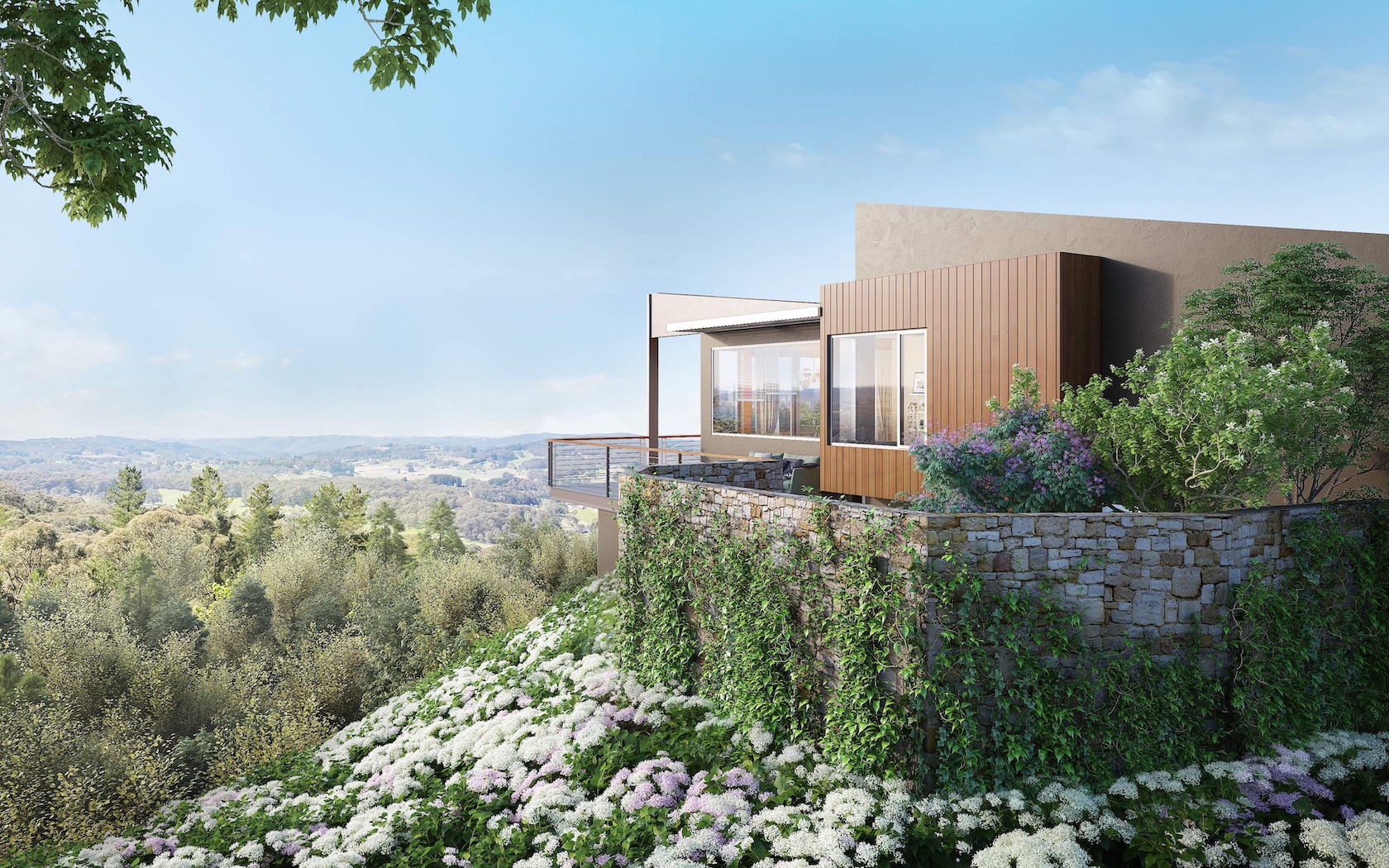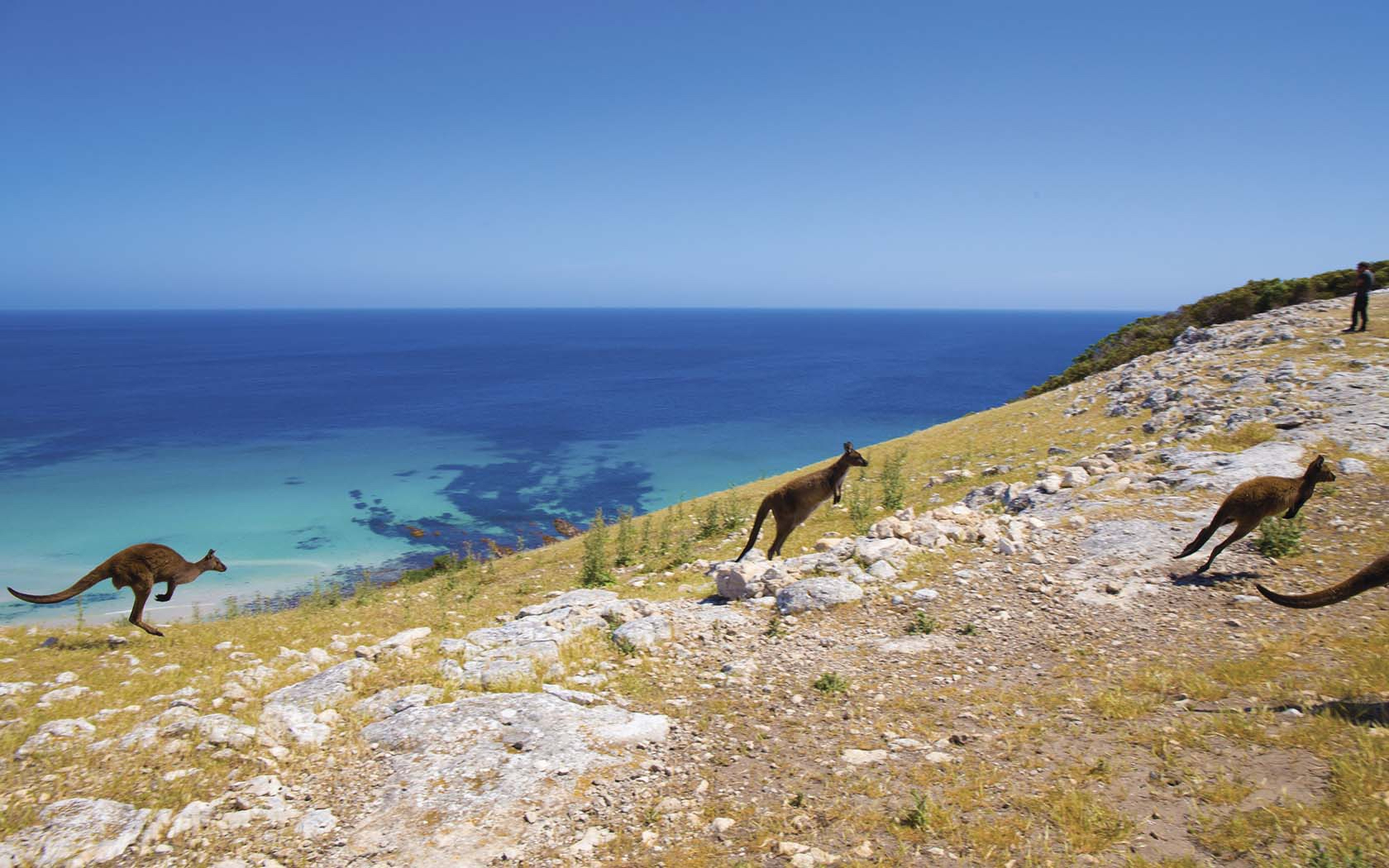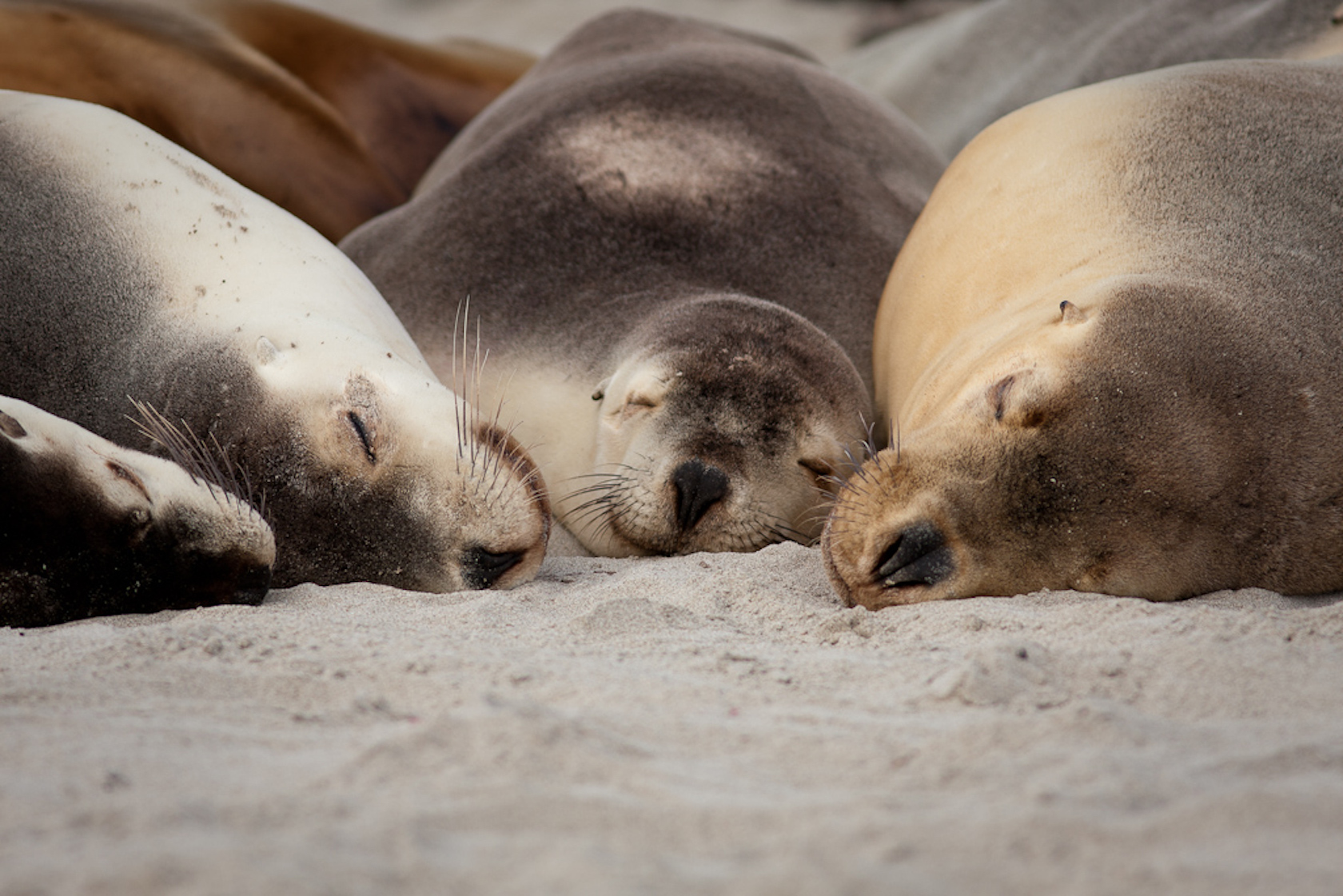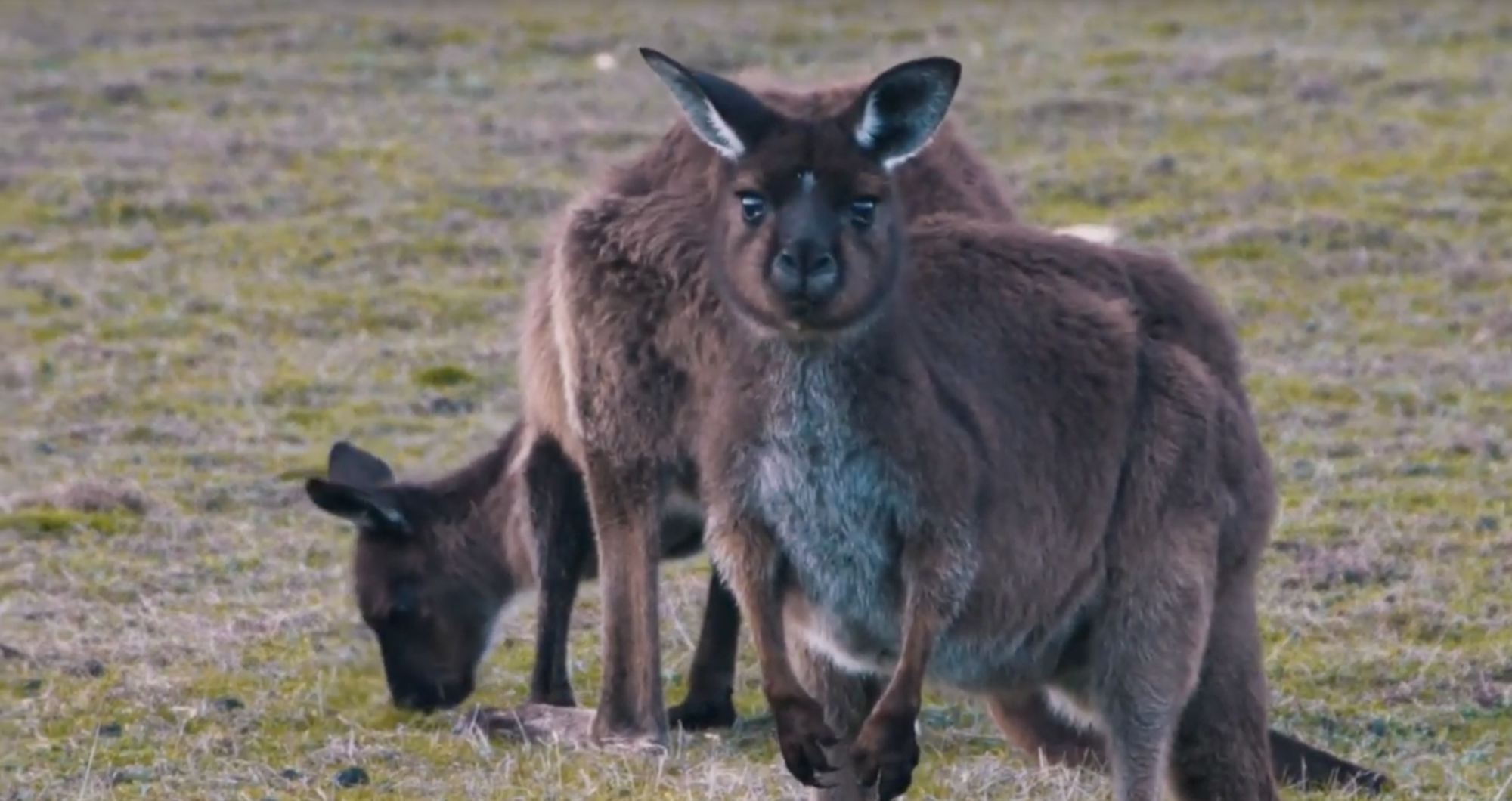We Went Hunting For Mushrooms In The Adelaide Hills And This Is What We Found

Will is a writer, photographer and creative producer. Originally hailing…
A surreptitious whisper across the dinner table gives us our first clue. It’s been a bumper week for mushrooms, we’re told in hushed tones. “They’re even growing in front yards in Carey Gully,” the waiter casually mentions as he pours us another wine. A guy who knows a guy can tell us where to get them. Numbers are exchanged; hopes are high.
The next morning we set out for the hills in search of the elusive fungi. We’re told they grow under pine trees. Or is it oak? “Pull over here!” one of us exclaims. A forensic search yields nothing.
A man in a ute at the Ashton post office tells us to try at a commune the next valley over. We forage through the undergrowth by a 19th-century stone bridge. There are saffron milk caps and slippery jacks and toadstools galore. But it’s not these we’re after, or even the ones of the more magical variety. It’s the infamous porcini mushroom that’s got the whole of Adelaide talking.

It’s no secret that Adelaide’s food scene has gone through somewhat of a renaissance. While most of the attention is focused on the bigger cities on the east coast, Adelaide has quietly been pulling out stops to become a foodie destination in its own right.
Coupled with a laid back atmosphere and an industry small enough to still feel like a community, the city has been giving its eastern siblings a run for its money.
A confession: I spent a weekend in Adelaide ostensibly to sample some of the food and wine that’s given the city its newfound reputation, and ended up spending most of it foraging for an overpriced mushroom. What the hunt revealed, though, is a maturing food culture focused on keeping things local, coupled with a DIY attitude where everyone knows everyone and isn’t afraid to help each other out — unless of course, it’s the location of their porcini stash.
Have you ever ever seen one this #big?
A photo posted by Woodside Cheese Wrights (@woodsidecheese) on
Not pictured: our porcini.
Supper in the city
Our quest for the perfect shroom begins during dinner at Africola, a bombastic technicolour gem of a restaurant on the edge of the CBD. Run by chef Duncan Welgemoed, Africola has previously been named in the top 100 restaurants in Australia for its colourful take on South African cuisine. Think ox heart skewers with monkey gland sauce, peri-peri chicken with ‘chakalaka’ and slow-roasted cows’ heads. Coke bottles filled with Welgemoed’s infamous family-recipe hot sauce sit on each table, tempting those game enough to try.
Flames roar in the open kitchen in the middle of the restaurant, which looks like it could have been decorated by a hyperactive pre-teen with too much access to highlighters. It teeters on the edge of gaudy, yet it totally works. It doesn’t hurt that the food is a charred shade of delicious.
A group of local winemakers at the table next to us strike up a conversation and casually mention the wealth of porcini growing in the hills, but remain coy about their location.
Africola isn’t the only restaurant in town making waves across the country. Just around the corner is Orana, run by Jock Zonfrillo; another restaurant to make it onto top 100 lists for its dedication to native Australian ingredients.
The menu features modern takes on traditional Indigenous meals including wattle seed and kangaroo risotto, potato damper and local pipis. Keeping things local may be so on-trend right now, but in Adelaide, they’ve been doing it for years.
Coal Cellar and Grill, the restaurant in the Adelaide Hilton, is all about its ‘Seriously South Australian’ menu for years now; 75 percent of the ingredients for the outfit are sourced locally.

Adelaide may be known as the city of churches, but rumour has it there are more pubs than spires. And since changes to liquor licensing legislation, it feels like there are almost as many laneway bars.
Behind the wide boulevards of the CBD, a revolution has been brewing. Small bars like Mother Vine and Bank Street Social seem to be popping up almost every other week.
If beer’s more your thing, there are plenty of microbreweries challenging the multinational companies for tap space. New Orleans-inspired NOLA offers an extensive whiskey list and sixteen beer taps dedicated to local up-and-coming brewers.
[related_articles]4260,22552,27609,10010,4890,18114[/related_articles]The hills are alive
The next morning we set off on our porcini hunt, certain we were about to strike gold. One of the greatest things about Adelaide is its proximity to nature. The hills loom over the plains of the city; within minutes the grid of streets falls away to winding roads, lush orchards and pine forests. Mist stubbornly clings to the rolling hills.
We can’t resist stopping on the side of the road to pick some wild apples, still cold and crisp from the morning dew.

One of the winemakers from the previous night had suggested we find someone called Mikhail* in Basket Range. We stop and ask a local who immediately knows who we mean. “Have his number!” they exclaim. A quick call reveals naught. Mikhail knows where the mushrooms are, but remains tight-lipped. “Check out the pine trees in Uraidla” is as close as we can get.
We’re starting to feel like we’ve been led on a wild goose chase, so we stop for a lunch break at Bird in Hand winery.
One of the larger vineyards in the region, Bird in Hand’s cellar door comes complete with a gorgeous light-filled restaurant overlooking the undulating hills of vines. We spend a lingering lunch working through their roasted garden pumpkin soup and gnocchi and eggplant ragu.
Bird in Hand is famous for its sparkling Pinot Noir, a gorgeously aromatic rosé that goes perfectly with these long, messy lunches. The waitress smiles knowingly when we tell her we’ve been searching for porcini, but gives nothing away as she empties the Pinot into our glasses.
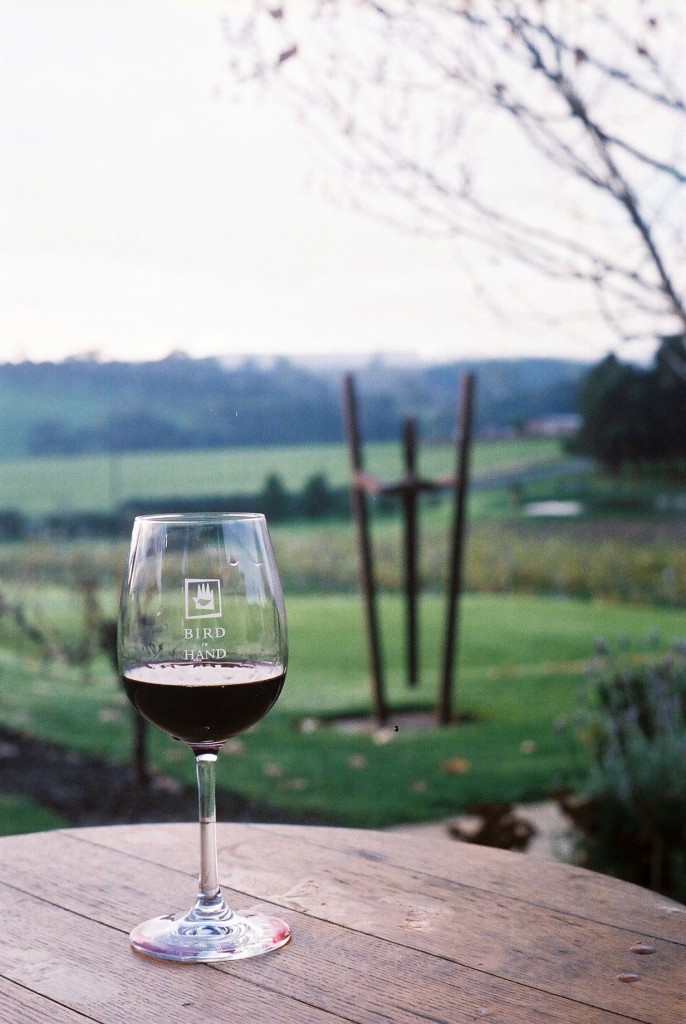
Later we head to Hahndorf, the main tourist town of the region. Hahndorf looks and sounds like it’s been lifted from rural Germany, partly because it has: it’s Australia’s oldest German settlement.
It’s easy to spend an afternoon meandering down the elm-lined main street, complete with requisite gabled roofs and beer gardens for you to gorge on wine, cheese and ‘fruchocs’, a South Australian staple candy that tastes somewhere between a jaffa and a sour worm.

Natural selections
As we continue our drive the steeper ranges give away to verdant farmland. A man in Hahndorf told us that porcini only grows above 400 metres, but we’re OK with that because this is prime wine country.
We make a stop at Ngeringa winery, an independent outfit dedicated to biodynamic wines. As we arrive they’re in the process of bottling a cloudy sparkling wine they’ve dubbed ‘hipster juice’, with no tannins, yeast or enzymes added.
Ngeringa is part of a growing trend of local wineries eschewing the commercial way of making wine for a more sustainable, earth-friendly approach. They grow all their grapes without the use of pesticides and other added chemicals; all the required nutrients come from naturally occurring matter in the soil. They say biodynamic winemaking doesn’t affect the taste of the wine, but Ngeringa’s flagship Syrah is among the best I’ve ever tasted, so I’m not so sure.

Ngeringa isn’t the only local winery taking a different approach. Back over in Basket Range, the Lucy Margaux vineyard has been making biodynamic and natural wine for years. Co-owner Anton Von Klopper dismisses any kind of additive; only what grows in the vineyard makes it into the bottle. Once he even tried to make a wine without using electricity.
The lack of preservatives like sulphite means you have to drink the wine almost straight away, but when it’s as rich and fruity as their Pinot, that’s hardly a problem.

We arrive back in Adelaide full-bellied but empty-handed: the porcinis have eluded us. Thankfully they’re readily available at the historic Central Market, another Adelaide institution smack bang in the centre of town.
Marco Maranelli of the Mushroom Man’s Mushroom Shop comes to the rescue, producing a porcini the size of a small child (but not without a jibe at our lack of foraging skills). He even only charges us $80 a kilogram, which is apparently a total bargain.

Back at the Hilton, the hotel’s Executive Chef Daniel Fleming is kind enough to whip our purchase into a dish of chives and truffle butter, and strangely enough, our disappointment melts away.
We may not have found porcini in the Adelaide Hills, but we did have some pretty excellent food and wine, made by people that care less about current trends and more about sourcing goods locally, sustainable practices and building community. That is unless you’re looking for wild porcini.
*Names have been changed for the porcini’s protection. The writer travelled as a guest of Hilton Adelaide and Tourism SA.
(Lead image: Erik Rosenberg via Tourism SA. All other images: provided by author unless otherwise credited)
Will is a writer, photographer and creative producer. Originally hailing from regional QLD (although don't hold that against him), he has lived in Berlin and Istanbul, and now calls Melbourne home. He spends most of his spare time staring at maps and working out what other far-flung country to move to next. He tweets at @willegitimate.



